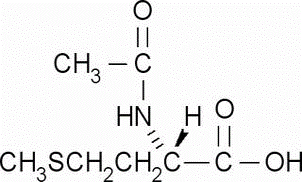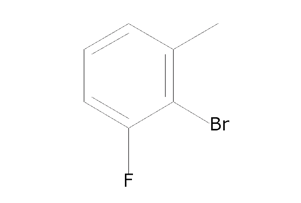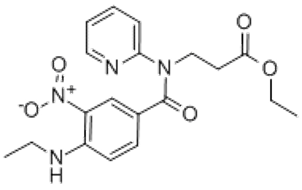Heptane(CAS#142-82-5)
| Hazard Symbols | F – FlammableXn – HarmfulN – Dangerous for the environment |
| Risk Codes | R11 – Highly Flammable R38 – Irritating to the skin R50/53 – Very toxic to aquatic organisms, may cause long-term adverse effects in the aquatic environment. R65 – Harmful: May cause lung damage if swallowed R67 – Vapors may cause drowsiness and dizziness |
| Safety Description | S16 – Keep away from sources of ignition. S29 – Do not empty into drains. S33 – Take precautionary measures against static discharges. S60 – This material and its container must be disposed of as hazardous waste. S61 – Avoid release to the environment. Refer to special instructions / safety data sheets. S62 – If swallowed, do not induce vomitting; seek medical advice immediately and show this container or label. S9 – Keep container in a well-ventilated place. |
| UN IDs | UN 1206 |
| WGK Germany | 3 |
| RTECS | MI7700000 |
| FLUKA BRAND F CODES | 3-10 |
| TSCA | Yes |
| HS Code | 29011000 |
| Hazard Class | 3 |
| Packing Group | II |
| Toxicity | LC (2 hr in air) in mice: 75 mg/l (Lazarew) |
Heptane(CAS#142-82-5)
quality
Colorless volatile liquid. Insoluble in water, soluble in alcohol, miscible in ether, chloroform. Its vapor forms an explosive mixture with air, which causes combustion and explosion in case of open flame and high heat energy. It can react strongly with oxidants.
Method
The industrial-grade n-heptane can be purified by concentrated sulfuric acid washing, methanol azeotropic distillation and other methods.
use
It is used as an analytical reagent, a gasoline engine knock test standard, a reference substance for chromatographic analysis, and a solvent. It is used as a standard for the determination of octane number, and can also be used as an intoxicant, solvent and raw material for organic synthesis.
security
mouse intravenous injection LD50: 222mg/kg; mouse inhaled 2h LCso: 75000mg/m3. The substance is harmful to the environment, can cause pollution to water bodies and the atmosphere, and bioaccumulates in important food chains for humans, especially in fish. Heptane can cause dizziness, nausea, anorexia, a staggering gait, and even loss of consciousness and stupor. Store in a cool, ventilated warehouse. Extremely susceptible to fire. Keep away from fire and heat sources. The warehouse temperature should not exceed 30°C. Protect from direct sunlight. Keep the container tightly sealed. It should be stored separately from the oxidizing agent.








